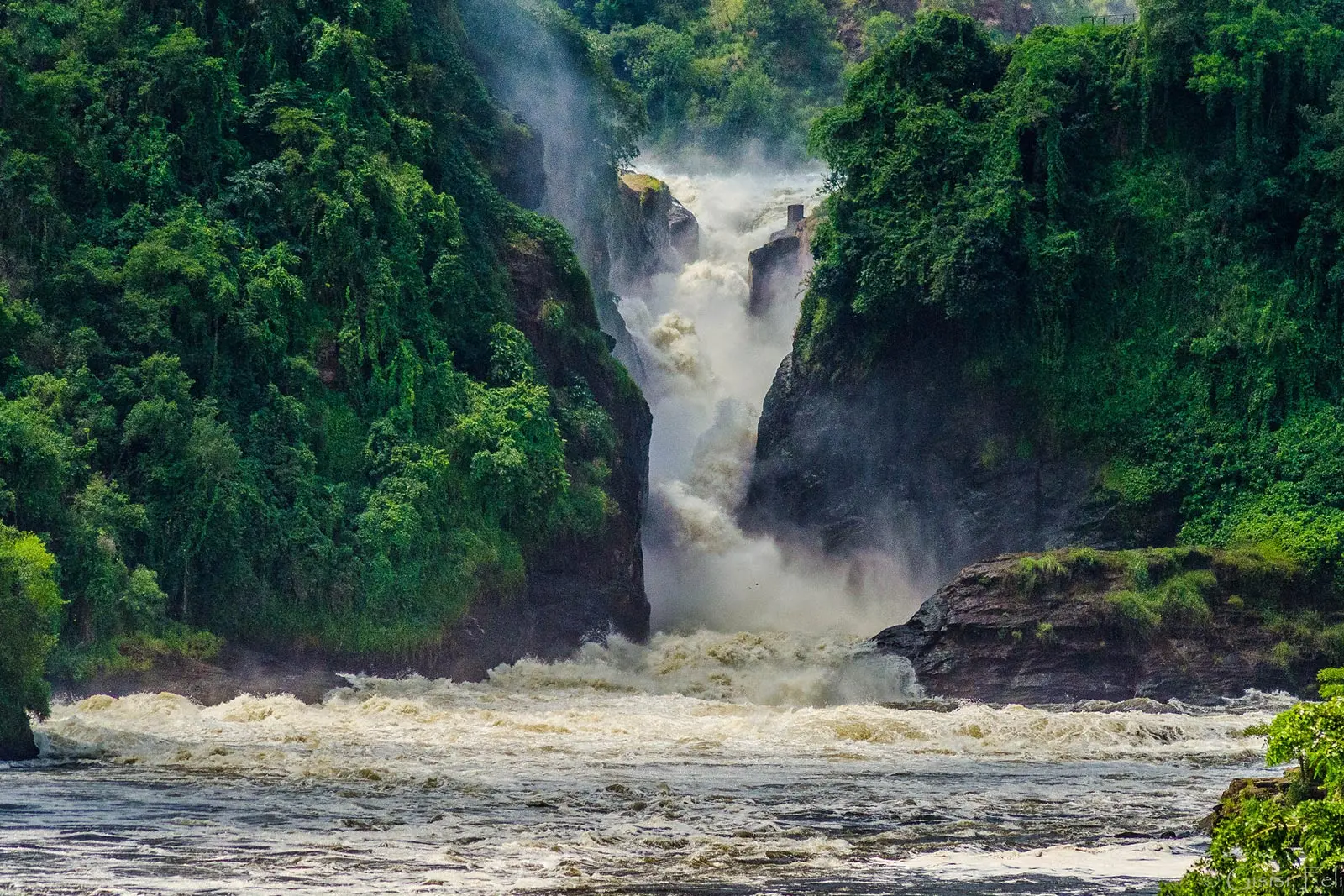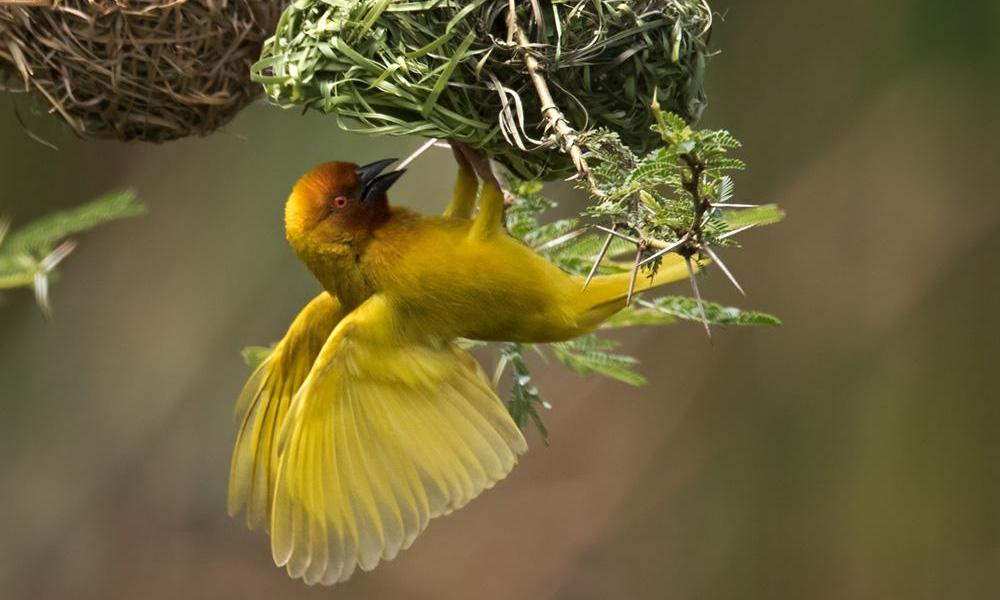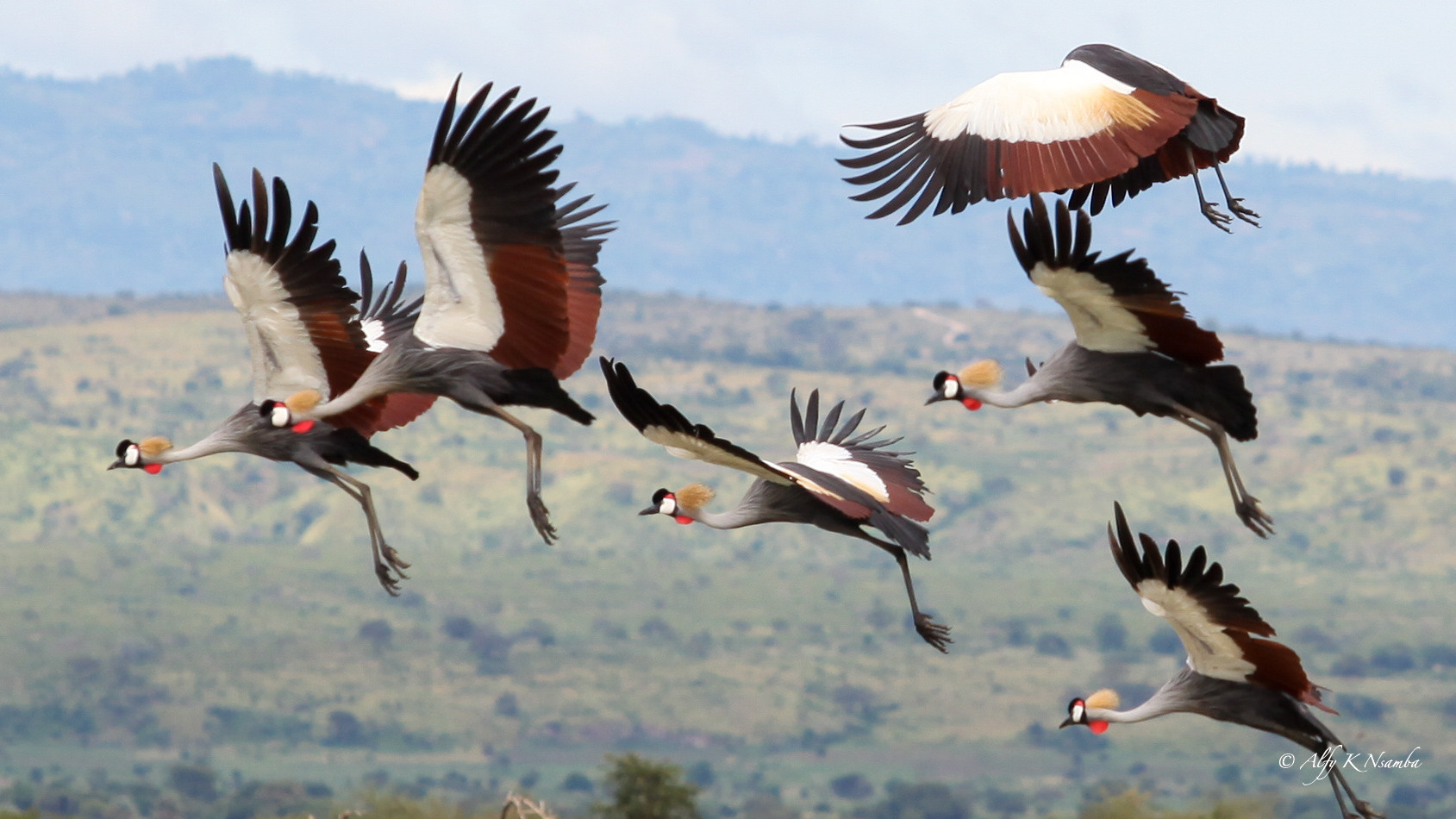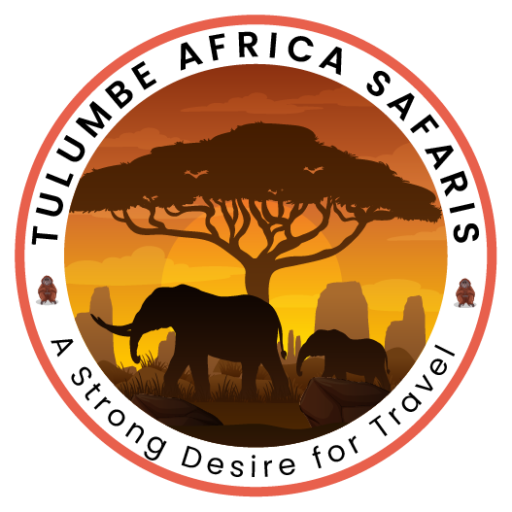Uganda is a country located in East Africa with a wide range of biodiversity. The presence of savanna, mountain ranges, rainforests and wetlands makes it home to many different species of flora and fauna. Furthermore, Uganda has been identified as one of the most important countries for conservation efforts due to its rich biodiversity. Human activities such as deforestation, poaching and habitat destruction have had an immense impact on the country’s biodiversity over time. This article will provide an overview of Uganda’s biodiversity, analyze the effects human activities have had on these species, discuss the status of endangered species in Uganda and assess ongoing conservation efforts within the country.
Overview of Uganda’s Biodiversity
Uganda is home to a wide variety of flora and fauna, making it an important area for conservation. The country has a diverse range of habitats, including tropical rainforests, wetlands, savannas, and mountains. Uganda’s marine life is also rich with over 500 species of fish in Lake Victoria alone. However, the country’s forests are facing degradation due to unsustainable logging practices and agricultural expansion. This has led to a decrease in biodiversity as certain species become threatened or extinct.
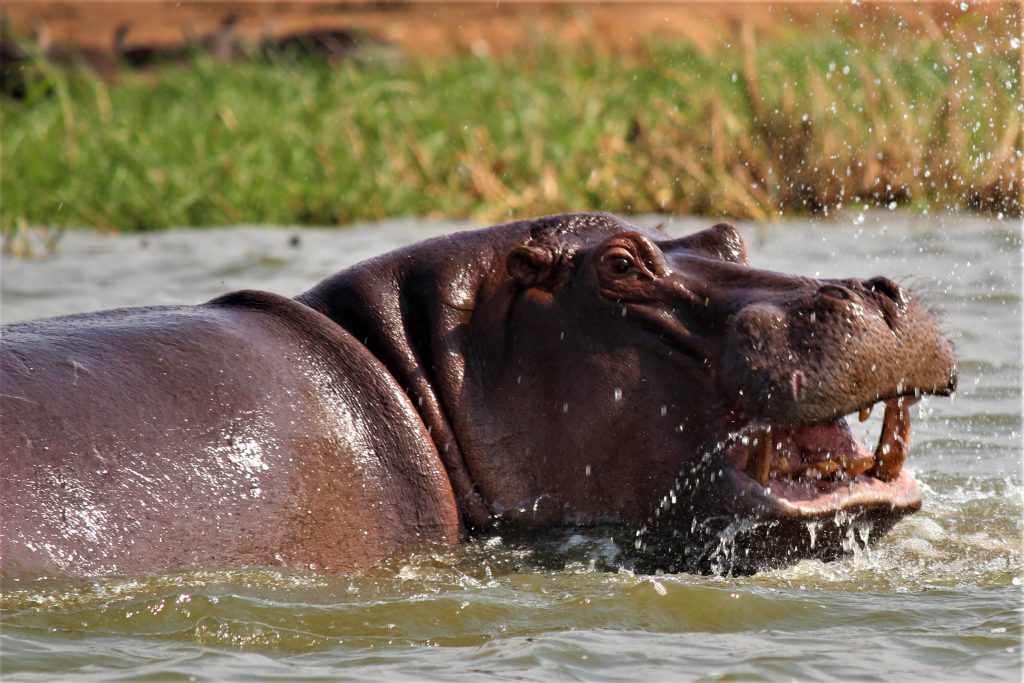
The human population in Uganda is growing rapidly which has had significant impacts on the environment and biodiversity. Overpopulation has caused deforestation as more land is needed for housing and agriculture. Additionally, overfishing has depleted fish stocks in many areas leading to decreased populations of certain species. Pollution from industrial activities such as mining have also had negative effects on the environment by contaminating water sources and destroying habitats.
These human activities have resulted in a decrease in biodiversity across Uganda which threatens the health of ecosystems and reduces the availability of natural resources for local communities. In order to protect Uganda’s unique biodiversity it is essential that sustainable development strategies are implemented that prioritize conservation efforts while still allowing economic growth. To move forward effectively it will be necessary to create policies that balance environmental protection with economic development needs.
Human Impacts on Biodiversity
Human activities have significantly impacted the natural environment of Uganda, resulting in a decrease of its native species. Habitat loss due to urbanization, deforestation and agricultural expansion has been one of the main causes for biodiversity decline in Uganda. This has reduced available habitats for many animal species and made them vulnerable to climate change. Additionally, unsustainable extraction of resources such as timber and charcoal have caused a reduction in the population of several species which were dependent on these resources.
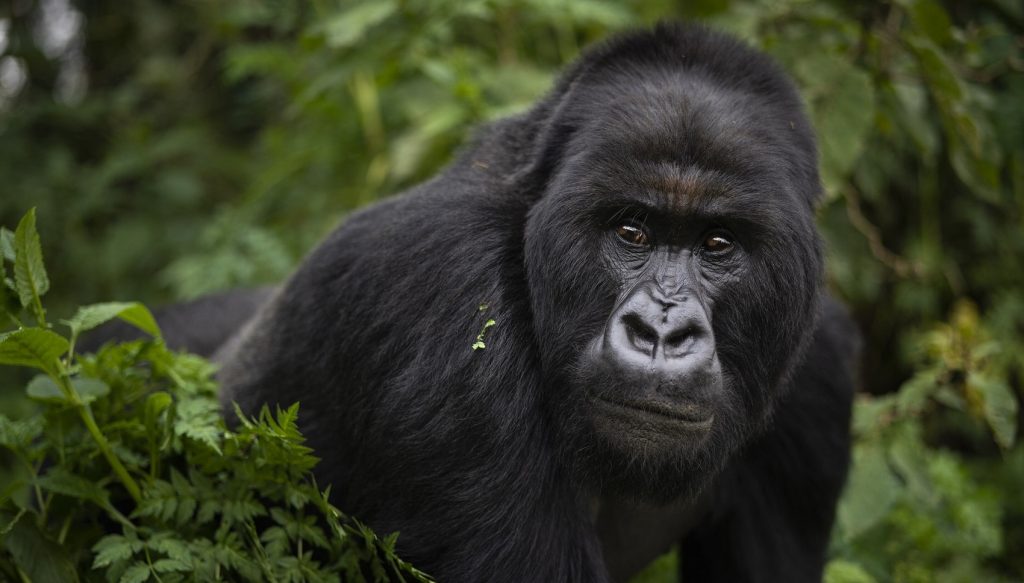
The introduction of invasive species also poses a threat to native plants and animals as they compete for limited resources with local species. Moreover, pollution from industries, mining operations and oil drilling has contaminated soils and water sources which has further exacerbated the issue. These human activities have caused drastic changes in ecosystem structure, eliminating certain species while reducing populations of other organisms that rely on them for survival.
In spite of conservation efforts by different organizations, biodiversity loss continues to be an alarming issue in Uganda. Therefore it is essential to create policies that can ensure sustainable use of natural resources in order to protect endangered species and restore damaged ecosystems. By taking action now governments can safeguard Uganda’s rich biodiversity into the future without compromising development goals or economic growth objectives.
Status of Endangered Species
The status of endangered species in Uganda is of great concern, particularly the Mountain Gorillas, Chimpanzees, African Elephants, Rhinoceros, African Wild Dogs, Lions, Hippopotamus, Cheetahs, Grevy’s Zebras and African Wild Cats. These species are all threatened by human activities such as poaching and habitat destruction. Conservation efforts have been implemented to reduce these threats and help protect the biodiversity found in Uganda. However, there is still much that needs to be done to ensure the survival of these vulnerable species.
| Name | Description | Estimated Number | Location |
|---|---|---|---|
| Mountain Gorilla | A critically endangered great ape species known for its thick fur and gentle nature. | 1,063 | Bwindi Impenetrable National Park, Mgahinga Gorilla National Park |
| African Elephant | The largest land animal with distinctive tusks and a highly social nature. | 5,000-6,000 | Murchison Falls National Park, Queen Elizabeth National Park |
| Rhinos (Black and White) | Two species of rhinoceros with armored skin and a horn on their nose. | Less than 30 (Black Rhino), Less than 20 (White Rhino) | Ziwa Rhino Sanctuary |
| Pangolin | A scaly anteater known for its unique armor-like scales and elusive behavior. | Unknown | Various forested areas |
| Cheetah | The fastest land animal, characterized by its slender body and distinctive spots. | Unknown | Kidepo Valley National Park |
| African Wild Dog | A highly social and endangered carnivorous mammal with a mottled coat. | 400-550 | Kidepo Valley National Park, Murchison Falls National Park |
| Chimpanzee | Our closest living relative known for its intelligence and complex social behavior. | 5,000-7,000 | Kibale National Park, Budongo Forest, Queen Elizabeth National Park |
| Lion | A majestic big cat known for its distinctive mane and powerful roar. | Less than 500 | Queen Elizabeth National Park, Murchison Falls National Park |
| Grey Crowned Crane | Uganda’s national bird with a striking golden crown and elegant dance displays. | Unknown | Queen Elizabeth National Park, Mabamba Swamp |
| Giant Pangolin | The largest species of pangolin known for its massive size and unique scales. | Unknown | Various forested areas |
| Shoebill Stork | A prehistoric-looking bird with a distinctive shoe-shaped bill and gray plumage. | Unknown | Murchison Falls National Park, Lake Albert |
| African Grey Parrot | A highly intelligent parrot species known for its exceptional mimicry skills. | Unknown | Budongo Forest, Kibale National Park |
| African Golden Cat | A small and elusive wild cat species with a beautiful golden-colored coat. | Unknown | Various forested areas |
| Papyrus Gonolek | An endemic bird species with bold black, white, and red coloration found in papyrus swamps. | Unknown | Mabamba Swamp, Lake Mburo National Park |
| Nile Crocodile | A large reptile species with a powerful bite and an important role in aquatic ecosystems. | Unknown | Murchison Falls National Park, Queen Elizabeth National Park |
| Chimpanzee | Uganda’s national bird with a striking golden crown and elegant dance displays. | Unknown | Kibale National Park, Mabamba Swamp |
| African Wild Ass | A critically endangered equid species with a sandy-colored coat and distinct stripes on its legs. | Unknown | Various protected areas |
| De Brazza’s Monkey | A distinctive primate species with a red-brown coat, white beard, and bright blue cheeks. | Unknown | Various forested areas |
| Side-striped Jackal | A medium-sized carnivorous mammal with a side-striped pattern on its fur. | Unknown | Various protected areas |
| Black Rhino | A critically endangered rhinoceros species known for its hooked upper lip and solitary behavior. | Unknown | Ziwa Rhino Sanctuary |
Mountain Gorillas
Mountain Gorillas are critically endangered species, with their population estimated to be fewer than 1,000 individuals. These primates are found in the Virunga Mountains that stretch across Uganda, Rwanda and the Democratic Republic of Congo. Habitat loss due to human activity is one of the major threats to Mountain Gorilla survival. This includes increased agricultural activities in their habitats and commercial logging operations which have led to a decrease in available food sources and suitable living spaces for gorillas. Climate change is also impacting Mountain Gorillas as extreme temperatures and unpredictable weather patterns disrupt their natural feeding habits and increase competition between different species over scarce resources. As a result, Mountain Gorillas may be unable to survive in their current range if no conservation efforts are taken soon.
Chimpanzees
Chimpanzees, our closest relatives, face a precarious future due to the destruction of their natural habitats. In Uganda, the primary threat to chimpanzees is overhunting and habitat loss. As human populations expand, more land is needed for agriculture and housing at the expense of chimpanzee habitats. This has resulted in a dramatic decrease in suitable chimpanzee habitat across Africa, leading to population declines and even local extinctions. Furthermore, chimpanzees are hunted by humans for bushmeat or to be sold as pets or exotic animals on the black market. Although hunting of chimpanzees has been illegal since 1990 in Uganda, enforcement has been weak and poaching continues unabated. Consequently, this overexploitation puts an additional strain on already dwindling chimpanzee populations in Uganda’s forests and savannahs. As such, it is critical that effective conservation measures are implemented soon if chimpanzees are to remain viable in Uganda for future generations. This transition leads us into looking at African elephants which have also faced threats from human activities such as poaching and deforestation in recent years.
African Elephants
African elephants have experienced significant declines in their population due to human activities such as poaching and deforestation. In Uganda, African elephant numbers have decreased drastically over the last decades, with their range now limited to a few reserves. This is predominantly due to:
- unsustainable tourism practices that lead to habitat fragmentation;
- illegal hunting for their tusks;
- encroachment of land into protected areas; and
- poaching for bushmeat trade.
As a result, conservationists must promote sustainable tourism as well as habitat protection initiatives if African elephants are to survive in Uganda’s landscape in the years to come. Additionally, effective anti-poaching strategies must be put into place if any meaningful progress is to be made towards restoring Uganda’s elephant populations back to healthy levels. Smooth transitions from one topic sentence or paragraph to the next helps readers understand how ideas are connected and aids in the flow of information, thus transitioning into the next subtopic about rhinoceros without writing ‘step’.
Rhinoceros
Rhinoceros are another species of African wildlife that have experienced drastic population declines due to human activities. The two main threats to rhinoceros populations in Uganda are urbanization and climate change. Urbanization has resulted in a decrease in the amount of natural habitat, leading to overcrowding and a decline in food sources for the animals, further decreasing their numbers drastically. Climate change has also had an impact on rhinoceros populations as extreme weather events lead to floods or droughts that can be detrimental to their survival rates. Additionally, poaching continues to put pressure on the already declining population of rhinoceroses throughout Africa.
In Uganda specifically, there is currently only one species of rhinoceros left – the southern white rhino – which is classified as critically endangered by the International Union for Conservation of Nature (IUCN). This species is found only in Ziwa Rhino Sanctuary, where conservation efforts are helping protect this last remaining population from extinction. Despite these efforts however, it remains unclear if rhinos will survive long-term due to factors such as climate change and poaching. To transition into discussing African wild dogs next, we must consider what measures can be taken to ensure their continued survival going forward.
African Wild Dogs
African wild dogs, also known as painted wolves, are a highly endangered species of large carnivore found throughout the continent. They are facing significant threats to their survival due to:
- Habitat loss: African wild dogs have lost much of their natural habitat due to human activities such as mining and agricultural development. Without suitable habitats, these animals struggle to find enough food and shelter for themselves and their young.
- Climate change: Rising temperatures and changes in rainfall patterns can cause disruption in food availability for the African wild dog population, leading to malnutrition or even death. In addition, extreme weather events can further exacerbate this problem by making it difficult for them to survive.
The African wild dog is an iconic symbol of Uganda’s biodiversity but its future remains uncertain amidst increasing environmental pressures. As such, it is critical that conservationists take urgent action now if they want to ensure the survival of this species into the future. With concerted efforts from all stakeholders involved, there is still hope that we can save this unique animal before it is lost forever.
Lions
Lions are an iconic species of large carnivore found throughout much of Africa, and their future is uncertain due to human-induced threats. In Uganda, the lion population has been declining steadily over the past decades due to habitat loss and fragmentation, unsustainable hunting and poaching, as well as climate change. The following table highlights some of the key issues that have caused this decline:
| Issue | Impact on Lion Population |
|---|---|
| Habitat Loss | Reduced availability of prey species Impact on cub survival rates |
| Unsustainable Hunting | Reduces overall numbers Threatens viable populations in certain regions |
| Poaching & Trafficking | Threatens all subpopulations Reduces genetic diversity & viability of captive populations |
| Climate Change | Increases competition for resources Increases vulnerability to disease & malnutrition |
The negative impacts of these factors have resulted in a dramatic decrease in the number of lions in Uganda. Conservation efforts must be increased if this iconic species is to survive into the future.
Hippopotamus
The hippopotamus is a large mammal native to sub-Saharan Africa, and its populations are threatened by human activities such as hunting and habitat destruction. In Uganda, the hippopotamus is listed as vulnerable on the IUCN Red List of Threatened Species. This means that it is facing a high risk of extinction in the wild due to unsustainable hunting practices and habitat destruction caused by human activities, agricultural expansion, and urban development. To protect this species, conservation efforts have been undertaken in various protected areas throughout Uganda. These include implementing strict regulations for hunting, creating buffer zones around water bodies with improved habitats for aquatic species like hippos, and practicing sustainable resource management through local communities that are engaged in habitat management and protected area initiatives. Additionally, there has been an increase in public awareness campaigns about the importance of biodiversity conservation which has helped reduce illegal hunting practices within these regions. As a result of these efforts, there has been some improvement in hippo populations across Uganda but further protection measures still need to be implemented to ensure their survival into the future.
The continuing loss of suitable habitats remains one of the most pressing challenges for preserving hippopotamus populations in Uganda moving forward. To address this issue, increased government funding is needed to expand existing protected areas as well as establish new ones across all biodiversity hotspots within the country. Furthermore, greater emphasis should be placed on engaging local communities who can act as stewards of their environment while also benefitting from conservation initiatives such as ecotourism projects or educational programs promoting sustainable living practices. Overall, concerted efforts towards conserving Uganda’s natural resources can help safeguard both wildlife populations like hippos along with its rich biodiversity heritage for generations to come.
Cheetahs
Cheetahs are a large feline species found in parts of sub-Saharan Africa, and they face numerous threats to their continued survival. In Uganda, cheetah populations have been largely reduced due to illegal poaching and habitat destruction caused by unsustainable tourism practices. As such, the country has implemented various conservation efforts in an attempt to protect cheetah populations from further decline. These include initiatives such as strengthening legal enforcement against poachers and providing better education about sustainable tourism practices within the areas where cheetahs reside. Although these efforts have led to some progress, much more work needs to be done in order for adequate protection of this species to be achieved. Consequently, it is essential that conservationists continue working together with local communities and governments throughout Uganda to create an environment that allows for the preservation of the cheetah population in this region. Transitioning into the subsequent section about Grevy’s zebra, it is important to recognize that similar threats also affect this species’ survival.
Grevy’s Zebra
Grevy’s zebra is a species of large equid found in parts of northern Kenya and Ethiopia, where it is threatened by habitat loss and fragmentation due to human activities. Unfortunately, the species has not been recorded in Uganda since the 1950s; indicating a significant decline in population numbers as a result of human-induced pressures. In addition, studies have shown that Grevy’s zebra are particularly vulnerable to habitat loss, as they require large areas with suitable forage and access to water sources for survival. Thus, their inability to adapt to changing environmental conditions has led to a drastic reduction in their range and an overall decrease in populations across much of its former range. As such, the status of Grevy’s zebras in Uganda can be considered critically endangered. Moreover, given the continued destruction of habitats within the region for agricultural use or other development projects, there is an urgent need for effective conservation measures if this species is to survive.
African Wild Cat
Native to parts of East and Southern Africa, the African Wild Cat is a small wildcat species facing threats due to human activities. Habitat loss, fragmentation, and degradation are the primary drivers leading to its population decline in areas where it is native:
- Hunting pressure from local people has reduced prey availability for African Wild Cats leading to a decrease in their populations.
- Human encroachment within its habitat leads to direct mortality of cats due to conflict with people and domestic animals.
- Expansion of agricultural land has caused further degradation of the natural habitats needed by this species for survival.
- Climate change has also been identified as an additional factor contributing towards declining populations across its range.
These factors have resulted in significant losses of African Wild Cat populations in Uganda, highlighting the urgent need for conservation efforts aimed at mitigating their decline.
Conservation Efforts
Uganda has undertaken a variety of conservation efforts in order to protect and preserve its rich natural heritage. One major effort is the prevention of illegal poaching, which threatens the African wildcat population as well as other species. The Uganda Wildlife Authority (UWA) works diligently to ensure that poachers are apprehended and held accountable for their actions. Additionally, UWA has established several wildlife reserves throughout the country in order to provide safe havens for wildlife populations.
Climate change is another major issue impacting biodiversity in Uganda. As global temperatures rise, habitats are becoming increasingly fragile and more vulnerable to destruction or disruption. To address this issue, Ugandan government agencies have implemented various measures such as reforestation programs and renewable energy initiatives which aim to reduce carbon emissions and improve air quality across the nation. Furthermore, educational outreach programs have been launched to raise awareness about climate change and its effects on biodiversity.
In order to protect Uganda’s unique biodiversity, it is essential that both short-term conservation efforts such as preventing illegal hunting and long-term strategies like reducing carbon emissions be implemented simultaneously. Such initiatives will help ensure that future generations can enjoy the same abundance of species found today in Uganda’s diverse ecosystems.
Frequently Asked Questions
What are the main causes of the decline in Uganda’s biodiversity?
The decline of Uganda’s biodiversity is largely driven by rural development and climate change. Human activities such as deforestation, urbanization, and water pollution have caused a decrease in the number of species that inhabit the region. Additionally, changes in land use due to agricultural expansion are contributing to habitat degradation and an increase in human-wildlife conflicts. Climate change has been found to be exacerbating these issues as extreme weather events become more frequent and intense. These factors combined have resulted in a significant loss of biodiversity in Uganda.
What are the most effective strategies for biodiversity conservation in Uganda?
Biodiversity conservation in Uganda is a major challenge due to the impacts of climate change and deforestation. Effective strategies for conserving biodiversity must be developed that take into consideration the local context of each ecosystem. These strategies should consider both short-term, immediate interventions as well as long-term, sustainable solutions. This may include initiatives such as protected area designations, habitat restoration programs, incentive-based conservation practices, and educational outreach initiatives. Ultimately, developing an effective biodiversity conservation strategy in Uganda requires collaboration between government agencies, local communities, research institutions, and other stakeholders.
How does the government of Uganda protect its biodiversity?
The Government of Uganda has implemented several strategies to protect its biodiversity, including measures to conserve ecosystem services and mitigate the effects of climate change. For example, they have invested in programs that are designed to restore degraded ecosystems and promote sustainable land use practices. Additionally, the government is working to increase protected areas and strengthen enforcement of existing conservation laws. Moreover, it is investing in research and development activities that improve our understanding of the country’s biodiversity and inform conservation decision-making processes. Finally, Uganda has developed a National Biodiversity Action Plan which provides guidelines for conserving biodiversity across all sectors.
What are the short-term and long-term impacts of human activities on Uganda’s biodiversity?
Human activities have a major impact on biodiversity in Uganda, resulting in both short-term and long-term effects. Conservation efforts are essential to protect the country’s unique ecosystems, but without adequate resources or enforcement of laws to prevent illegal activities such as poaching and habitat destruction, these efforts may not be successful. Climate change is also having an increasing effect on Uganda’s biodiversity due to rising temperatures and changes in precipitation patterns. This has caused some species to become endangered or extinct while others are unable to adapt quickly enough to survive. Ultimately, it is clear that human activities have a significant effect on the health and diversity of Uganda’s ecosystems, necessitating immediate action in order to safeguard its unique biodiversity.
What are the most important species of plants and animals that are endangered in Uganda?
Uganda is home to numerous species of plants and animals which are endangered due to the human activities such as unsustainable farming and habitat loss. Among the most important endangered species in Uganda are the mountain gorilla, chimpanzees, lions, African elephants, eastern black rhinoceros, and Rothschild’s giraffe. These species have been greatly affected by deforestation, poaching, illegal hunting, pollution of water sources and overpopulation. Sustainable farming practices must be implemented to ensure that these species can continue to exist in their natural habitats for future generations. Additionally, steps need to be taken to protect existing habitats from further destruction or conversion into agricultural land. Without adequate protection of these key species and their habitats there is a risk that they may become extinct in the near future.
Conclusion
Uganda is home to a vast variety of unique species. The country has an immense and diverse range of ecosystems, making it a treasure trove for biodiversity. However, human activities have had severe impacts on the environment and its inhabitants. A lack of conservation efforts has caused many species to become endangered or extinct. Nevertheless, Uganda has been taking steps towards protecting its biodiversity through various initiatives such as the National Biodiversity Action Plan and the establishment of protected areas across the country. Ultimately, if we want to ensure that Uganda’s wildlife continues to thrive into the future, further action must be taken by government agencies, organizations and citizens alike in order to preserve this precious resource for years to come.


